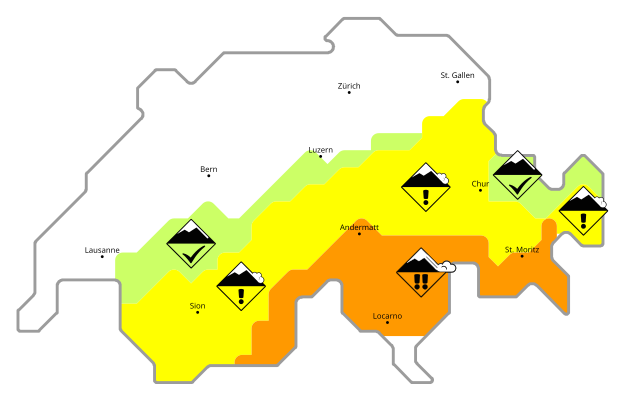19.02.2015 | News WSL
The Swiss National Science Foundation (SNSF) has awarded Dr Anna M. Hersperger one of its coveted Consolidator Grants with a value of around two million francs. She was allocated the grant following a two-stage selection procedure by an international panel, which finally decided to award funding to 21 of the 111 applicants.
As the head of the WSL’s Landscape Ecology Unit, Dr Hersperger will spend the next five years researching a theoretical basis for spatial planning. Her findings will contribute to sustainable land use. The Swiss Federal Institute for Forest, Snow and Landscape Research (WSL) is greatly honoured to have the recipient of such a prestigious award among its staff.
From Plans to Land Change research project
What impact does planning have on the development of urban regions? This question is not as trivial as it may seem at first glance. For although land use plans are drawn up at local, regional and national level throughout the world, we know very little about the actual impact of spatial planning on the expansion of settlement areas and transport infrastructure. That is why planning activities have hardly been integrated into land use models to date. Dr Anna Hersperger’s multidisciplinary SNSF research project sets out to make the impact of planning measurable, drawing on examples from Zurich, Bucharest and Austin (Texas), and to integrate it into land use modules. Dr Hersperger is forming a team with the right scientific expertise and the required local and language knowledge to work on the project for the next five years.
To begin with, the team from the Swiss Federal Institute for Forest, Snow and Landscape Research (WSL) aims to develop a theoretical model based on three key concepts:
- spatial concepts, as contained in strategic spatial plans;
- key elements of government and administrative efficiency;
- supra-regional development trajectories.
Next, the researchers will make the model operational (measurable) using indicators and try it out in the test areas, applying methods from the fields of natural and social science as well as developing new methods of their own.
The study’s findings could potentially revolutionise our understanding of the effects of planning on urban regions, and could result in a more realistic application of planning aims and planning implementation in land use models. The models could then serve as a useful tool for political decisions and help political decision-makers to start along a sustainable development trajectory.
